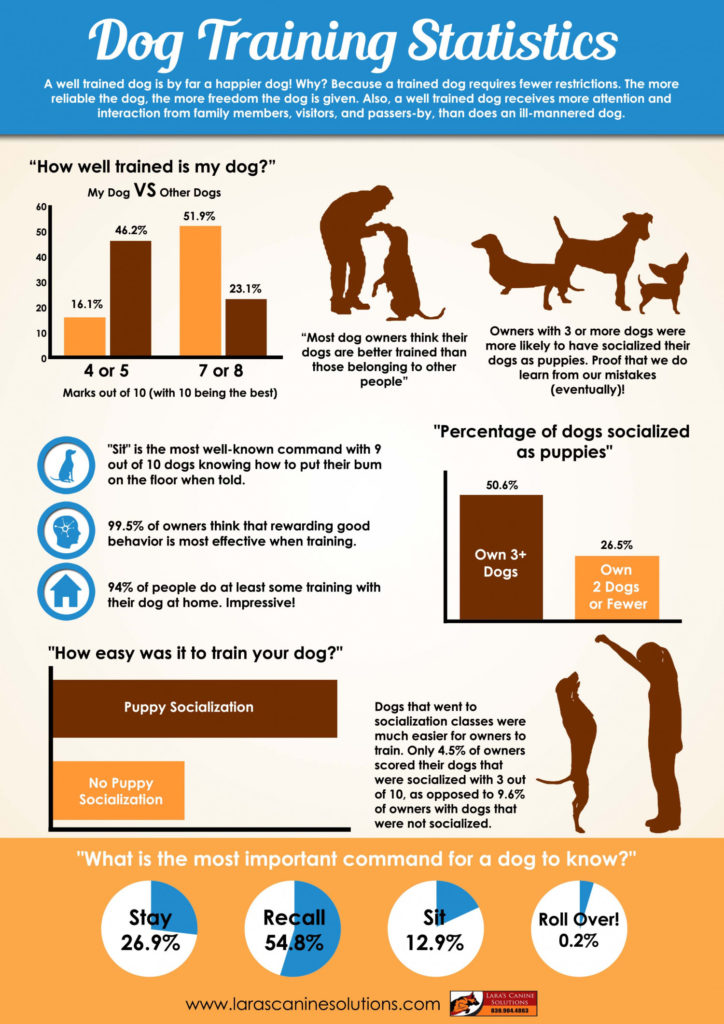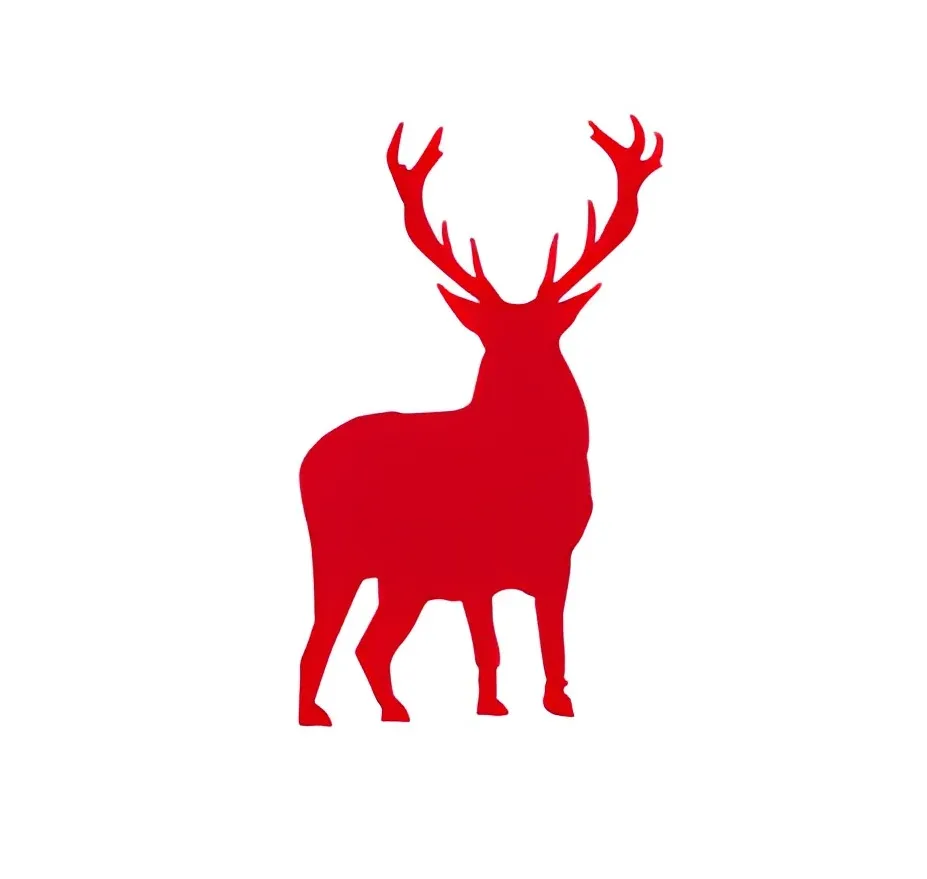Introduction
Training a hunting dog is a rewarding journey that requires dedication, patience, and a well-structured approach. Whether you have a retriever, pointer, or flushing dog, a solid training regimen is essential to ensure your canine companion performs optimally in the field. This comprehensive article will delve into a range of exercises and techniques to help you train your hunting dog effectively, fostering a strong bond and a successful partnership.
25 Best Hunting Dog Breeds
| American Foxhound | Azawakh | Barbet | Basset Hound | Black And Tan Coonhound |
| German Shorthaired Pointer | Bloodhound | Glen Of Imaal Terrier | German Wirehaired Pointer | English Setter |
| German Longhaired Pointer | English Springer Spaniel | Bluetick Coonhound | Chesapeake Bay Retriever | Irish Red And White Setter |
| Irish Setter | Karelian Bear Dog | Lagotto Romagnolo | Golden Retriever | Labrador Retriever |
| Weimaraner | Vizsla | Sloughi | Rhodesian Ridgeback | Pointer |
1. Obedience Training
Before delving into specific hunting exercises, establish a strong foundation of obedience training. Commands like “sit,” “stay,” “come,” and “heel” are vital for maintaining control over your dog in various hunting scenarios. Consistent and positive reinforcement is key to building a responsive and well-behaved hunting companion.
2. Retrieve Training
Retrievers are known for their exceptional retrieving skills, making them valuable assets in waterfowl hunting. Begin by teaching your dog to fetch basic items, gradually progressing to simulated hunting scenarios. Incorporate dummy launches, varying distances, and different terrains to enhance your dog’s retrieving abilities.
3. Scent Work and Tracking
For pointer and flushing dogs, scent work is critical. Introduce scent training by using scent articles or scent trails that mimic game trails. Gradually increase the complexity of the scent trail, incorporating turns and challenges to stimulate your dog’s tracking instincts.
4. Introduction to Gunfire
Getting your dog accustomed to gunshots is vital for their performance during hunting. Start with distant, mild sounds and gradually increase the volume and proximity. Pair gunshots with positive experiences, such as treats or playtime, to associate the sound with something positive.
5. Water Training
For waterfowl hunters, water training is essential. Begin with shallow water and introduce your dog to swimming. Gradually advance to retrieving in water, using floating decoys or dummies. Teach your dog to navigate obstacles and safely retrieve objects from water.
6. Field Work and Bird Introduction

Expose your dog to the field by using planted birds or bird wings scented with game bird scent. Allow your dog to locate and point or flush the birds. Start with controlled environments and gradually progress to real hunting scenarios as your dog’s skills improve.
7. Mock Hunts
Simulate actual hunting scenarios by creating mock hunts. Incorporate elements like cover, obstacles, and various terrains. These exercises help your dog practice retrieving, scent tracking, and remaining attentive in realistic hunting settings.
8. Directional Commands
Teach directional commands like “left,” “right,” and “back” to guide your dog during complex retrieves or to adjust their position in the field. These commands enhance your control over the dog’s movements and make them more adaptable to different hunting situations.
9. Steadiness Training
Train your dog to remain steady and focused, especially during the excitement of hunting. Teach them to hold a point or stay in place until given a command to retrieve. Steadiness is crucial for a successful hunt and safe interactions with other hunters.
10. Hunt Tests and Trials
Participating in hunt tests and trials provides a structured environment to evaluate and enhance your dog’s skills. These events mimic real hunting scenarios and allow you to measure your dog’s progress against established standards.
11. Conditioning and Physical Fitness
A physically fit dog is better equipped for long days in the field. Engage in activities like jogging, swimming, and agility exercises to improve endurance, strength, and overall fitness. A healthy dog performs better and is less prone to injuries.
12. Socialization and Exposure

Expose your hunting dog to various environments, sounds, people, and other dogs. Socialization builds confidence and reduces anxiety, allowing your dog to remain focused and composed during hunting situations.
13. Consistency and Positive Reinforcement
10 Best Dog Treats for Training
Consistency in training methods and positive reinforcement are key to successful hunting dog training. Reward desired behaviors with treats, praise, or playtime. Avoid harsh corrections and maintain a positive and patient attitude.
14. Progression and Adaptation
As your dog becomes more skilled, progressively challenge them with new exercises and scenarios. Continually adapt your training regimen to keep your dog engaged and to reinforce their skills.
Conclusion
Training a hunting dog is a journey that requires dedication, patience, and a comprehensive training approach. From obedience training to specialized hunting exercises, every step contributes to developing a skilled and reliable hunting companion. By investing time and effort into your dog’s training, you’re not only ensuring success in the field but also fostering a strong bond and a lasting partnership. With the right techniques and a commitment to positive reinforcement, your hunting dog can become an invaluable asset in your pursuit of game. We’d also recommend that you read Why I Decided to Go with Balanced Dog Training – Long Haul Trekkers which gives some really great insight on positive reinforcement for dogs.
Until next time.
